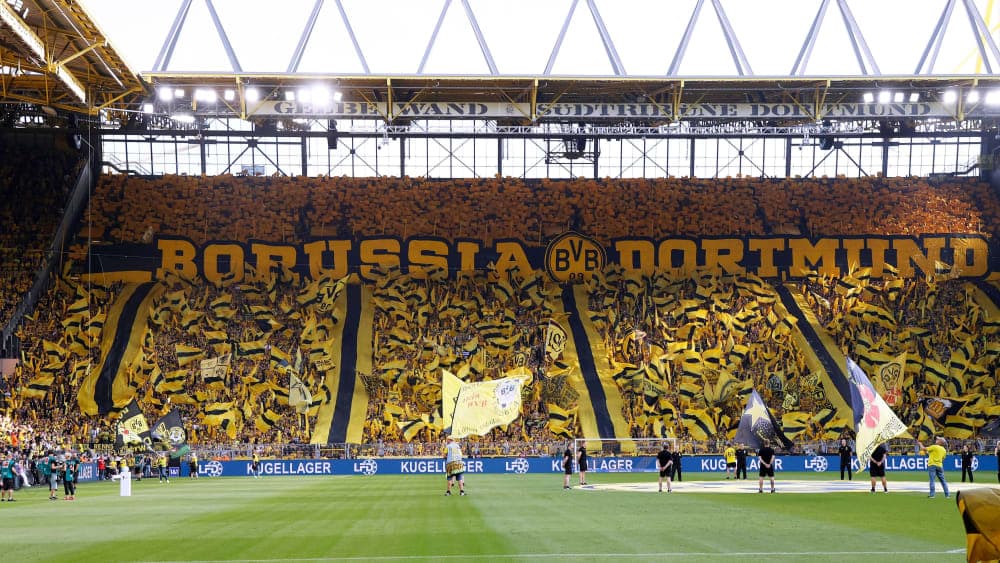Every year, UEFA examines various aspects of European club soccer. The results have now been published and some of them provide some interesting insights.
Spectators: Of the top five leagues, only Italy’s Serie A recorded an increase. This was partly due to the fact that several smaller clubs were promoted and larger clubs relegated in the other countries, and partly to limited stadium capacity due to renovations (e.g. at FC Barcelona). Nevertheless, Europe’s first division soccer set a new record with 111 million spectators. In addition, there were 71 million in the lower divisions, 13 million in national cup competitions and 17 million in European Cup matches.
16 clubs broke the one million spectator barrier in league matches: six in England, three each in Germany and Spain, two in Italy and one each in Scotland and France. Manchester United were just ahead in league matches across Europe, but Borussia Dortmund set the attendance record for all competitive matches: 81,305 on average.
Matches and players: In Europe’s top 20 leagues, an average of 30.2 players were used throughout the season. Of the top five leagues, Serie A needed the most players (30.8), while the Bundesliga needed the fewest (28.2). Italy’s first division also made the most substitutions of all: 4.7 per game, followed by Spain, Portugal and Germany with 4.6. The fewest substitutions were made in Norway: 3.9 times per game. The only club in these 20 leagues that made full use of the quota in all games and always made five changes was Italian champions Inter Milan.
The Swedish club Halmstads BK made the fewest changes (2.8), followed by two Premier League clubs: West Ham United (2.9) and champions Manchester City (3.0). A quarter of all league matches lasted longer than 100 minutes. In 34 out of 42 leagues, stoppage time increased. On average, matches now lasted 98.2 minutes, in the English Premier League even 101.6 minutes. In England, the proportion of matches lasting more than 100 minutes rose from 25 to 68 percent.
Coaches: 63% of all Premier League clubs changed their coaches at least once. That was an increase of one percent compared to the previous season. As many as 40% of sacked coaches found a new job within three months and a further 29% within twelve months.





